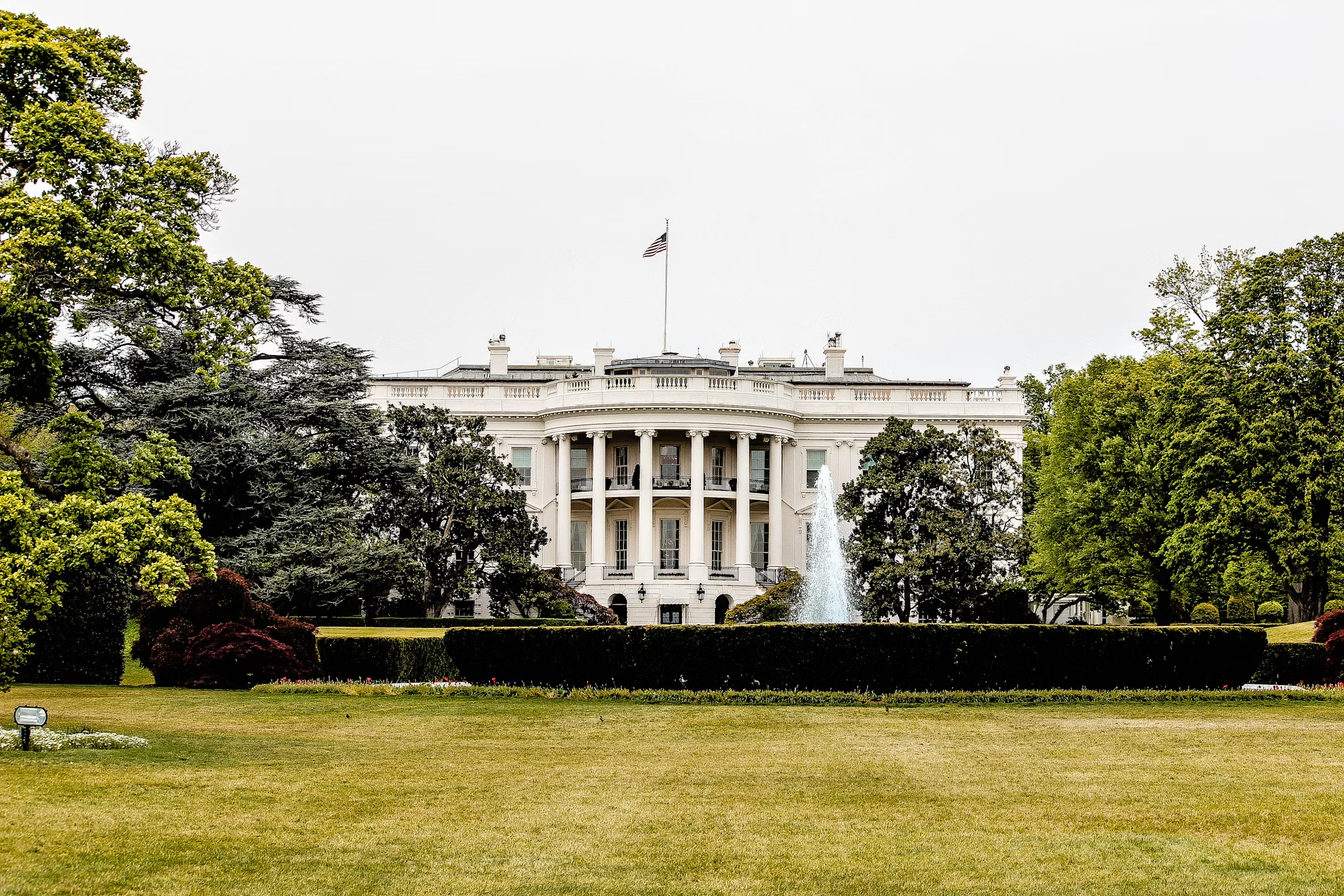For more than half a century, the United States and the European Union have dominated global chemistry research, each bringing unique strengths and facing distinctive challenges. While both regions are powerhouses in innovation, the contrasting landscapes of funding, regulation, academic culture, and industry integration shape their scientific trajectories in profound ways.
Funding Models
The backbone of American chemistry research has traditionally been robust, centralized federal support. Agencies like the National Science Foundation (NSF), the National Institutes of Health (NIH), and the Department of Energy channel billions of dollars into research, often with a focus on fundamental science and technological breakthroughs. U.S. universities, especially top-tier institutions, benefit from relatively high grant success rates and a competitive funding ecosystem that rewards ambition and risk-taking.
In contrast, the European Union operates through a more decentralized and collaborative funding approach. The flagship Horizon Europe program, launched in 2021 with a budget exceeding €95 billion, distributes grants across member states, prioritizing cross-border collaborations and societal challenges—climate change, sustainability, and digital transformation. While EU funding is substantial, researchers often navigate a complex web of national and regional agencies, with varying priorities and bureaucratic requirements.
Academic Culture
American chemistry research thrives in an environment of individual achievement and institutional rivalry. Universities compete fiercely for talent, grants, and prestige, creating a high-pressure but dynamic atmosphere that often rewards groundbreaking ideas and entrepreneurial faculty. The tenure system, while demanding, offers security and the freedom to pursue long-term projects with high risk, high reward potential.
In the EU, academic culture leans toward consensus-building and collaboration. Pan-European networks and multi-country consortia are the norm, reflecting both funding incentives and the continent’s diverse linguistic and cultural landscape. While this approach nurtures large-scale projects with broad societal impact, critics argue it can sometimes stifle maverick research or slow the pace of innovation due to administrative complexity.
Applied Science Versus Fundamental Inquiry
Both regions boast strong links between academia and industry, but the nature of these partnerships differs. The U.S. has a tradition of close ties between universities and the private sector, particularly in pharmaceuticals, biotechnology, and materials science. Landmark legislation like the Bayh-Dole Act of 1980 enabled universities to commercialize federally funded research, sparking a surge in university spinouts, patents, and tech transfer.
European chemistry research, by contrast, has historically favored applied science with a societal bent—think renewable energy, green chemistry, and sustainable manufacturing. EU policies explicitly encourage research that addresses regulatory goals, such as the ambitious Green Deal, aiming for carbon neutrality by 2050. While this focus yields impressive progress in environmental and health-related chemistry, some scientists lament a relative lack of blue-sky funding for curiosity-driven research.
Mobility and Diversity
The United States has long benefited from its magnetism for global talent. Elite chemistry departments are filled with students and postdocs from Asia, Europe, and beyond, a dynamic that supercharges both productivity and creativity. However, recent immigration restrictions and political headwinds threaten this advantage, with growing anecdotal evidence of top scholars considering opportunities elsewhere.
Europe, meanwhile, has prioritized intra-EU mobility, making it easier for researchers to move between institutions in different countries. The Erasmus+ program and Marie Skłodowska-Curie fellowships foster a cosmopolitan research workforce. While linguistic and bureaucratic hurdles remain, Europe’s commitment to researcher mobility and diversity remains a pillar of its strategy.
Regulation and Research Freedom
U.S. chemistry research often enjoys a more permissive regulatory environment, especially when it comes to the use of chemicals, genetically modified organisms, or emerging technologies. This can accelerate progress in fields like synthetic chemistry or nanomaterials. Yet, critics warn that looser oversight sometimes comes at the cost of environmental or worker safety.
By contrast, EU chemical research is shaped by the world’s strictest regulatory framework—most notably the REACH legislation, which imposes rigorous safety assessments on chemical substances. While this ensures higher standards of public health and environmental protection, it also means longer timelines and higher compliance costs for researchers and industry alike.
Output and Impact
On most global rankings, the United States retains a lead in terms of Nobel Prizes, citations, and the number of chemistry publications in top-tier journals. American universities frequently set the agenda in subfields ranging from medicinal chemistry to materials science. However, the EU as a whole produces a comparable—sometimes even greater—volume of published research, thanks to its sheer size and the collaborative strength of programs like Horizon Europe.
In areas such as green chemistry, sustainable processes, and chemical safety, European labs are often regarded as global leaders, driving policy and practice worldwide. U.S. labs, meanwhile, continue to excel in frontier research, from advanced therapeutics to quantum materials.
The Road Ahead
Both the U.S. and EU face pressures—political, economic, and demographic—that could reshape the global chemistry landscape. America’s funding volatility and immigration uncertainty risk undermining its edge, while Europe must contend with persistent bureaucracy and the challenge of unifying diverse national interests.
The competition and collaboration between these two giants remain central to the future of global chemistry. As challenges from climate change to pandemics demand unprecedented scientific solutions, the ability of the United States and European Union to harness their respective strengths—and learn from each other’s approaches—will shape the next era of chemical discovery.



